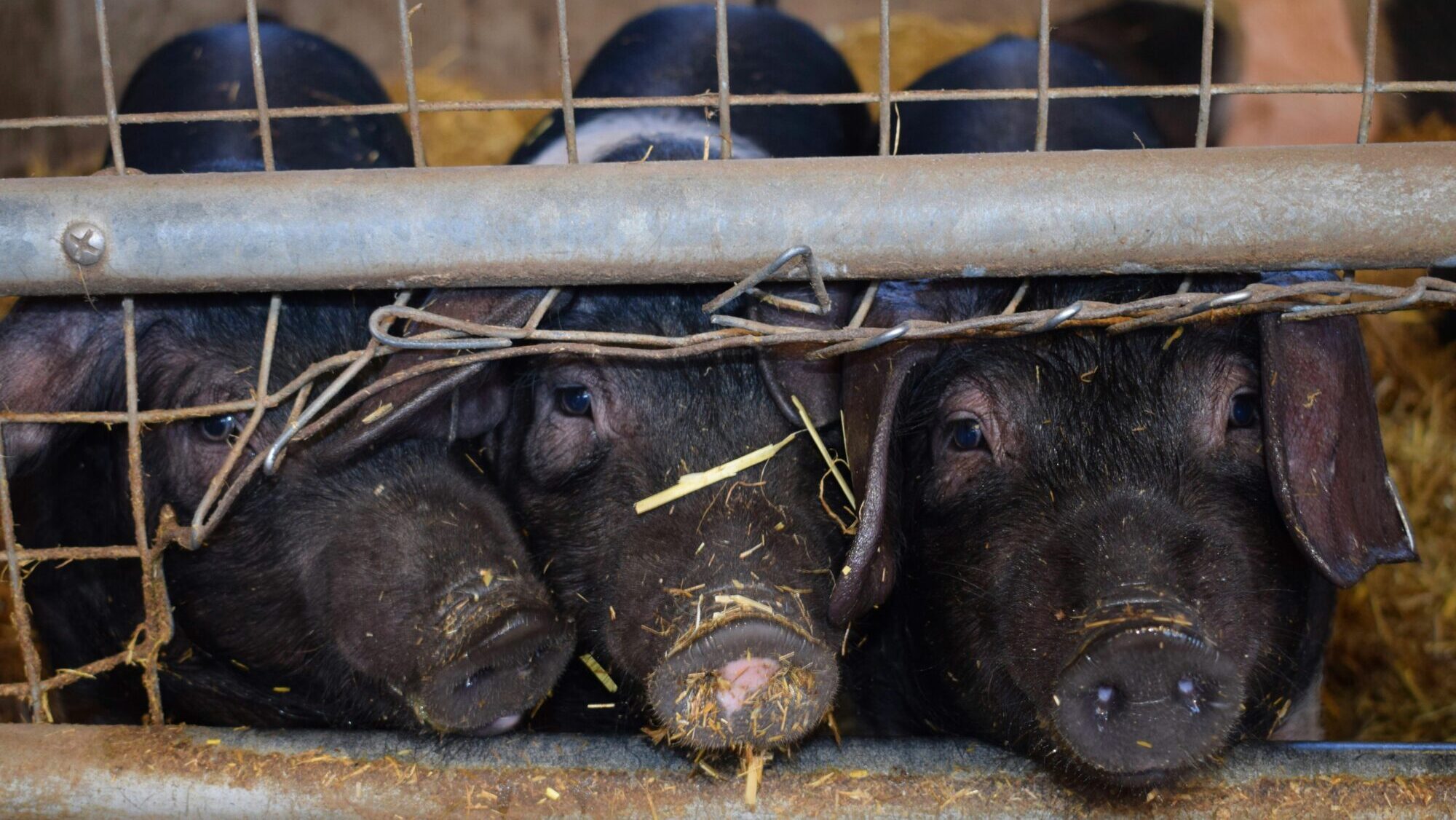
Photo: Suzanne Tucker on Unsplash
The EU’s new industrial emissions regulation, now extended to cover even more livestock farms around Europe than before, has come into effect. Eurocrats hope the tighter rules will force the industry to come up with new innovative solutions, but the final package left both sides of the debate unsatisfied. Farmers’ organizations worry about European producers’ competitiveness while environmentalist groups slammed Brussels for not making the rules even more strict.
The so-called Industrial and Livestock Rearing Emissions Directive (IED 2.0) is an updated version of its 2010 predecessor. The primary aim of both is to curb Europe’s pollution from industrial production processes, including emission of air pollutants, wastewater discharge, and waste generation. Brussels decided to update the original legislation in 2022 to bring it in line with the wider climate and decarbonization goals of 2030 and 2050. After years of negotiations, the IED 2.0 was adopted in April 2024.
In terms of livestock farming regulations, the Commission said only the largest and most (nitrogen) polluting pig and poultry farms would be subject to the law (sparing small and middle-sized enterprises) but that still means roughly 38,500 farms across the EU or about 30% of all European farms.
The regulations apply to pig farms with over 1,100 adult pigs or 700 breeding sows (instead of 2,000 and 750 under the previous package). “Organic” (free-range) pig farms remain excluded. Meanwhile, the threshold for poultry remains at 40,000 meat chickens or 21,400 egg-laying hens.
The new emission reduction targets are not yet specified and will only be adopted by the Commission in 2026 (and gradually implemented until 2030), after two years of reports and consultations. After that, farms that are unwilling or unable to comply will be fined the equivalent of at least 3% of their annual turnover.
The Commission originally planned to include cattle farms as well (pointing out that they account for 50% of the EU’s methane and 25% of ammonia emissions), but backed down after facing pressure from member states. Instead, Brussels promises to come back with a separate strategy to address cattle farms by 2026.
As one might expect, the legislation sparked numerous controversies among farmers’ organizations as well as right-wing political groups in Brussels. Both of these groups protested the fact that large livestock farms would fall under the same standards as industrial sectors such as “battery gigafactories,” steelworks, and landfills. They also frequently raised the question of competitiveness against exporters from non-EU countries who do not have to adhere to the same regulations.
Specifically, the debate in the Parliament was dominated by the question of Ukrainian livestock oligarchs, including billionaire Yuriy Kosiuk—“Kyiv’s chicken king,” as French President Emmanuel Macron called him—who is said to control two-thirds of Ukrainian chicken eximports to the EU. In the end, the centrist EPP dropped its opposition, allowing the package to pass, only after the Commission had promised to find ways to hold non-EU exporters to similar emission standards in the coming years. However, it is yet to be seen whether there even is an effective solution.
